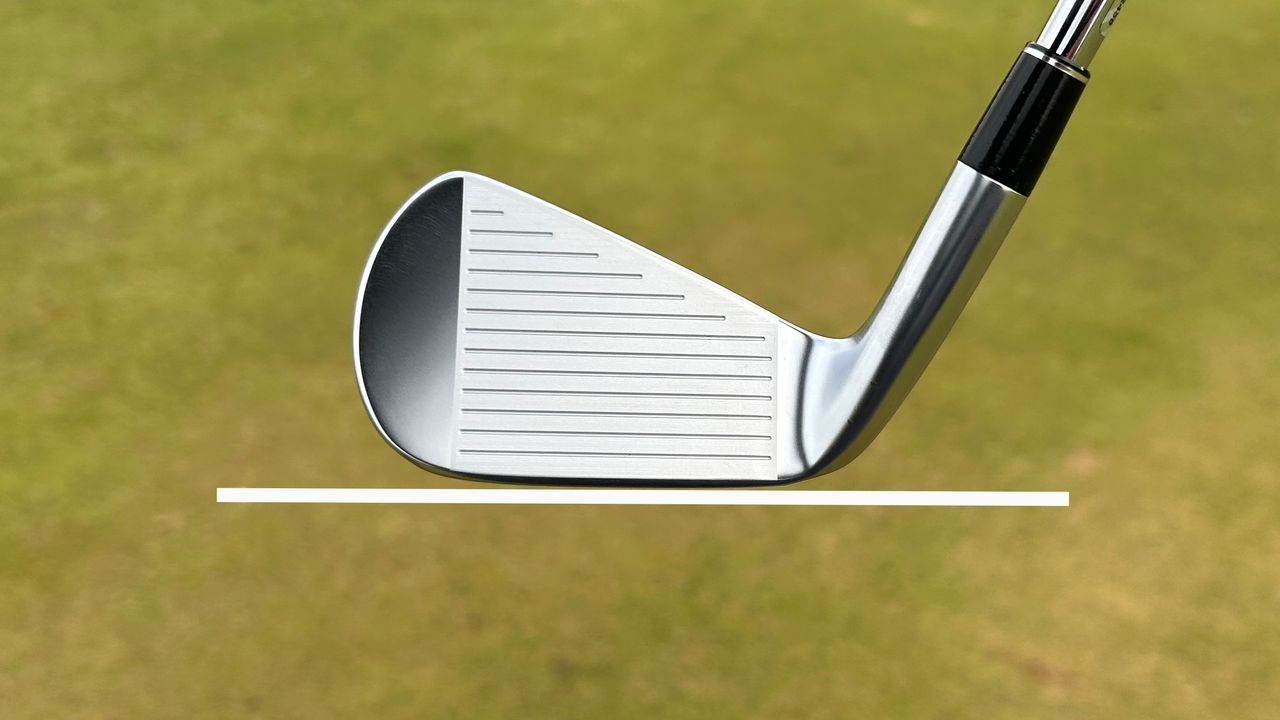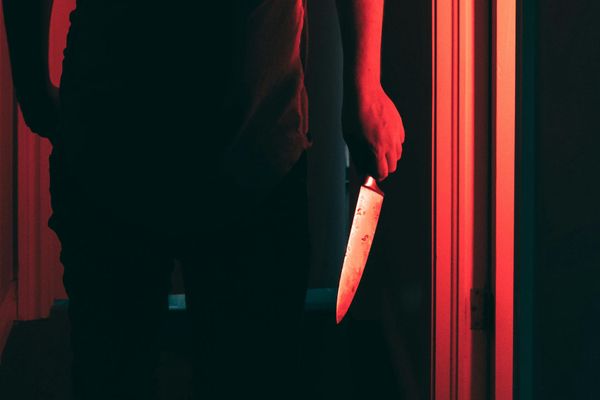
What if the clubs you have been fitted for - and we never stop reminding golfers about the importance of getting custom fit - have a small flaw?
A recent Instagram post from gears.sports has our PGA professional and co-host of Golf Monthly’s Kick Point podcast, Joe Ferguson, a little concerned.
For the full discussion, fast-forward to 21:20 on the video below (we actually recommend listening to the whole episode - it’s a cracker) for a more detailed explanation.
But here’s a summary...
Gears is a golf motion analysis and body tracking system used by PGA pros, club fitters, and club manufacturers to measure and analyze every nuance of a golf swing.
If you’ve been for a thorough custom fitting session - the kind of which is available at the TaylorMade fitting center at Wentworth, for example - you’ll be familiar with the little balls that get stuck on your body.
These stickers capture lots of important data, and they’re also attached to golf clubs to see how the clubhead and shafts react.
Recently, Joe says, research carried out by Gears has revealed something very interesting about lie angles - and it would be remiss of us not to pass this on.
At this point, if you haven’t done so already, we really would recommend watching the video above, because you need a basic understanding of shaft droop.

Traditionally lie angles have been set to progress gradually more upright from longer irons down to the wedges to factor in the change in length between the clubs, which changes the pitch of the shaft at address and impact. Or so we thought...
Basically, the longer the shaft gets, the more the shaft droops. Think of drooping as the toe of the club going down - so a pitching wedge, which is shorter and stiffer, will not droop as much as a 3-iron.
What Gears has done is flattened the wedges, with the long irons being made more upright to compensate for the shaft droop that happens during the golf swing.
“It feels like we could have been doing it wrong for years,” says Joe.
“This isn’t conjecture. All the tour pros they’ve worked with have bought into it.”
According to Gears, these PGA and LPGA Tour professionals have all witnessed Strokes Gained in greens in regulation.
In theory, the shot dispersion becomes a lot tighter. No more long irons going way right or pulled wedges - or at least a lot fewer.
“What Gears is suggesting is that you’re better off having one standard, constant lie angle,” explains Joe.
Quite simply, if you were fitted in a 7-iron for a 62° lie angle, you’d want to be 62° in everything.
Interestingly, despite this being a ‘new’ way of thinking, through talking to current and retired professionals, Gears has discovered that a number of players have always subscribed to this theory.

Six-time Major winner, Lee Trevino, is one of these. “Super Mex” played with flatter wedges and his longer irons were more upright, with his lie angles working out to be around the same number for the entire set.
“I’m going to get a set with a standard lie angle and measure my dispersion,” says Joe.
How about you? How well do you know your specs?
Let us know your thoughts in the comments box below.







